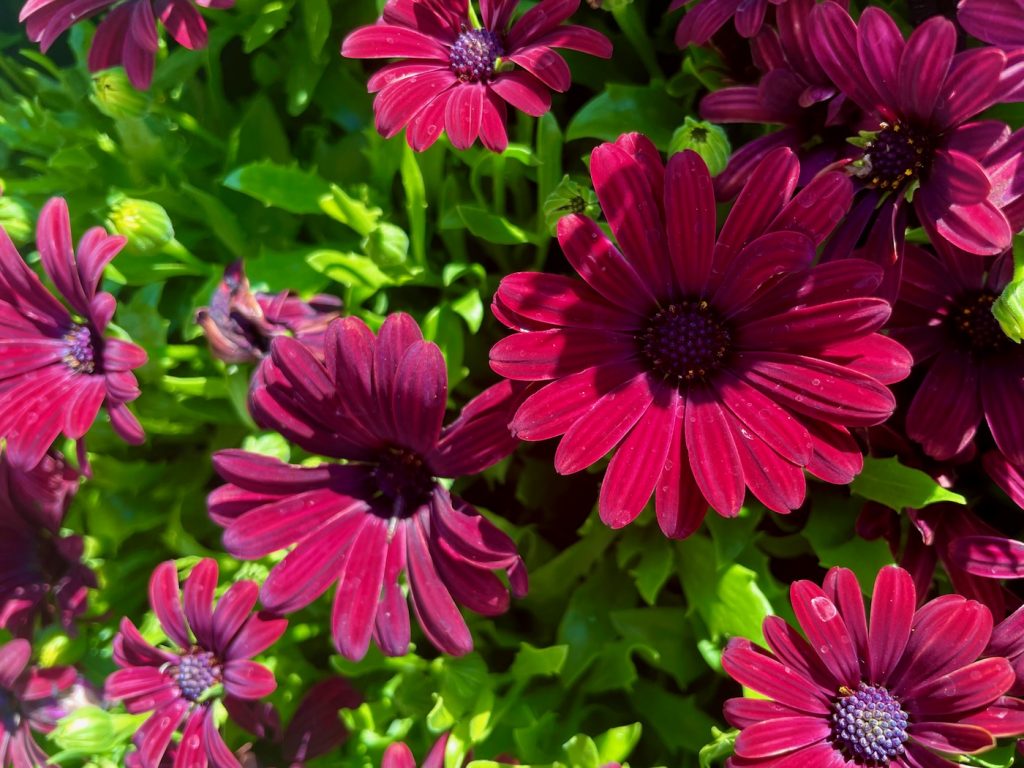Astilbe chinensis: A Graceful Shade Garden Perennial
Overview: Astilbe chinensis, commonly known as tall False-buck’s-beard or Chinese Astilbe, is an elegant herbaceous perennial that adds beauty and texture to shade gardens. With its graceful fern-like foliage and plume-like flower panicles, it creates a striking display in late summer. Native to Japan and China, Astilbe chinensis is a clump-forming plant that thrives in moist, organically rich soils. It attracts butterflies and remains visually appealing throughout the growing season.
Background and Taxonomy: Astilbe chinensis belongs to the Saxifragaceae family of plants. The genus name “Astilbe” is derived from the Greek words “a” meaning without and “stilbe” meaning brightness, referring to the dull leaves of some species. The specific epithet “chinensis” indicates its origin in China. Initially described as Hoteia chinensis by C. J. Maximowiez in 1859, it was later reclassified by Adrien René Franchet and Ludovic Savatier in 1875 as Astilbe chinensis.
Characteristics: This clump-forming perennial grows up to approximately 36 inches or 1 meter in height, making it an excellent choice for adding vertical interest to gardens. The foliage of Astilbe chinensis is deeply incised, with dark green, basal, and ternately compound leaves that are toothed and elliptic in shape. In late summer, delicate plumes adorned with countless tiny pale pink flowers rise above the foliage, attracting butterflies and adding a touch of charm to the garden.
Cultivation of Astilbe chinensis:
Sunlight and Soil: Astilbe chinensis thrives in part shade to full shade, making it an ideal choice for shade gardens. It prefers moist, humus-rich, and well-drained soils. Regular watering is crucial to ensure the foliage remains attractive throughout the growing season. Applying a summer compost mulch helps retain soil moisture and promotes healthy growth.
Fertilizer and Maintenance: Chinese astilbes benefit from organic matter in the soil. Regularly feeding them with a balanced fertilizer helps maintain their vigor and overall health. While removing faded flower stalks does not extend the bloom time, it can enhance the plant’s appearance, especially if a ground cover effect is desired. However, many gardeners choose to leave the flower stalks intact as they provide ornamental interest with their dried seed heads.
Dividing and Overcrowding: To prevent overcrowding, divide the clumps of Astilbe chinensis every 3-4 years. This ensures that the plants have enough space to grow and thrive. Dividing also helps rejuvenate the plant and promote healthier blooms.
Pest and Disease Control: Chinese astilbes are generally resilient and not prone to serious pest or disease issues. However, it’s important to keep an eye out for any signs of insect infestations such as aphids or spider mites. If necessary, treat them with appropriate measures such as insecticidal soap or neem oil, following the instructions on the product label.
Hot Summers and Drought:
During hot summers or periods of drought, Astilbe chinensis foliage may experience a decline, with leaves browning up. To mitigate this, it is crucial to keep the soil consistently moist. While Chinese astilbes have better drought tolerance compared to other astilbe varieties, they still perform best in uniformly moist soils.
In conclusion, Astilbe chinensis is a stunning herbaceous perennial that thrives in shade gardens, adding a touch of elegance with its fern-like foliage and plume-like flower panicles. With its preference for moist, organically rich soils and its ability to attract butterflies, it is an excellent choice for gardeners seeking a visually appealing and low-maintenance plant. By following proper cultivation practices such as providing adequate shade, regular watering, and dividing clumps when necessary, gardeners can enjoy the beauty of Astilbe chinensis year after year. Whether used as a focal point, a border plant, or a mass planting, this graceful perennial is sure to enhance any garden landscape with its vibrant blooms and textured foliage.







